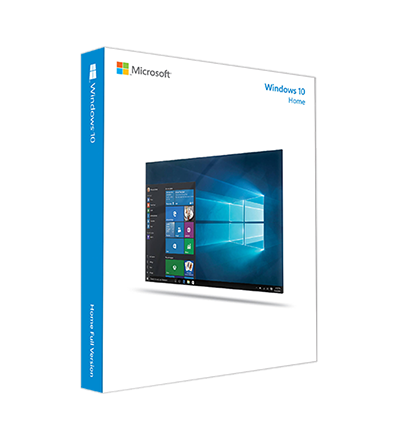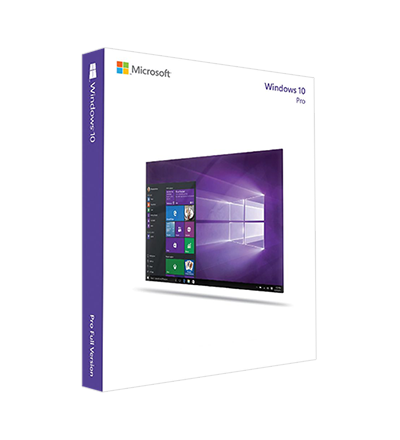Overview
Windows 10 is currently the best and most up to date version of Windows and there are plenty of new handy features with each following update. You can choose between two versions of the operating system: Windows 10 Home or Windows 10 Pro. But how do they differ? Questions about the two versions started to pile up, so we decided to bring you a simple overview of the differences and similarities.
The main difference between the two versions is the fact that Windows 10 Pro is practically an extended version of the Home edition and is intended for company use. But let’s have a closer look so that you can pick the right version for you.
Main differences
| Feature | Home | Pro |
| Start menu and Live tiles |
|
|
| Tablet mode |
|
|
| Microsoft Edge (+ PDF reader) |
|
|
| Device Encryption |
|
|
| BitLocker |
|
|
| Group Policy |
|
|
| Assigned Access |
|
|
| Domain Join |
|
|
| Client Hyper-V |
|
|
Productivity and user experience
| Feature | Home | Pro |
| Continuum for Phones | ||
| Cortana | ||
| Windows Ink | ||
| Start menu and Live tiles | ||
| Tablet Mode | ||
| Voice, pen, touch, and gesture | ||
| Microsoft Edge (+ reading view PDF reader) |
As you can see both editions allow screen mirroring from a phone onto your TV, monitor, or PC screen. You can also make notes, or draw thanks to the Windows Ink feature or you can use the built-in Microsoft Edge browser. Need some company? Call out the virtual assistant Cortana. This part of the system is the same for both versions.
Security
| Feature | Home | Pro |
| Windows Hello | ||
| Windows Hello Companion Devices | ||
| Windows Information Protection | ||
| Device Encryption | ||
| Bitlocker | ||
| Trusted Boot | ||
| Windows Device Health Attestation service |
This important part of the system looks a little bit different in each edition. You can use the personalized login option Windows Hello, or encrypt your device, but you won’t be able to use the Bitlocker in the Home version, which means that you can’t encrypt drives such as USB flash drive, SD card, external hard drive etc. The Home edition is also missing the extended Windows Information Protection feature (formerly known as enterprise data protection), which is used for setting the level of Windows data security.
Games
| Feature | Home | Pro |
| Xbox App | ||
| Xbox controller support (wired) | ||
| DirectX 12 graphic support | ||
| Game streaming (Xbox One to PC) | ||
| Game DVR |
This part of the system is the same for both versions.
Management and deployment
| Feature | Home | Pro |
| Group Policy | ||
| Mobile Device Management | ||
| Enterprise State Roaming with Azure Active Directory | ||
| Windows Store for Business | ||
| Assigned Access | ||
| Dynamic Provisioning | ||
| Windows Update for Business | ||
| Shared PC configuration | ||
| Take a Test |
The differences are clearly visible here. If you’re using your PC for company purposes, definitely go for Windows 10 Pro. It will help you lower your company’s administration costs, control the frequent updates, share information with colleagues or clients more efficiently, or bulk upload your content. The last option will be especially useful for larger companies with big amount of data.
Windows fundamentals
| Feature | Home | Pro |
| Domain Join | ||
| Azure Active Directory Domain Join, with single sign-on to cloud-hosted apps | ||
| Enterprise Mode Internet Explorer (EMIE) | ||
| Remote Desktop | ||
| Client Hyper-V |
All of these features, that aren’t part of the Home edition but are included in the Pro one, offer great possibilities for a company – you can connect to a computer which is on the opposite side of the world and work on it like it’s in front of you, or you can make use of virtualization features such as Client Hyper-V or remote PCs compatibility, which are aimed at advanced users.
So which one will it be? Is Windows 10 Home just fine for you, or will you pick the extended version Windows 10 Pro?


